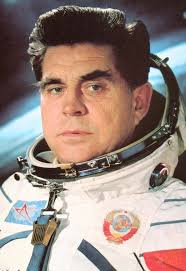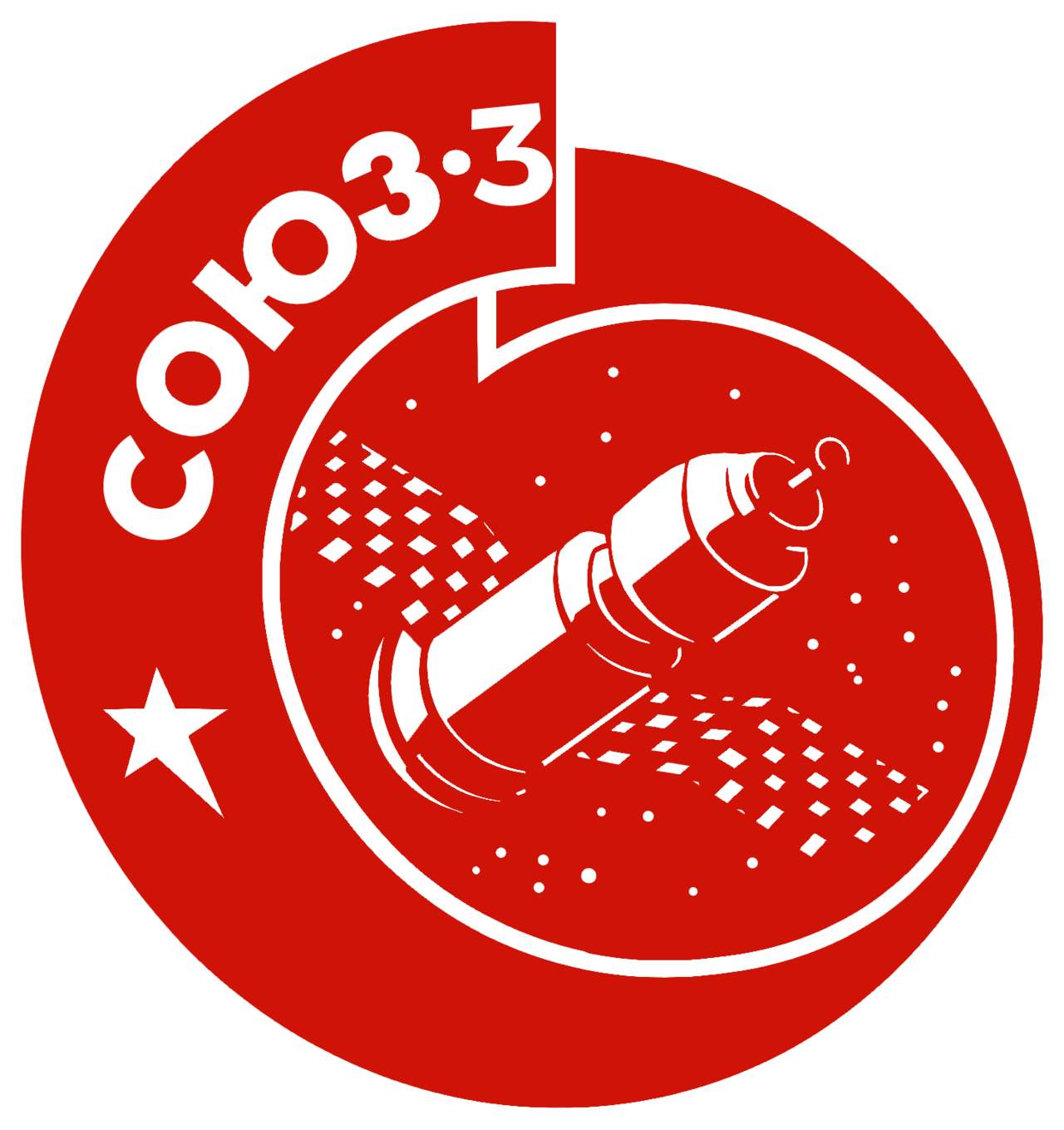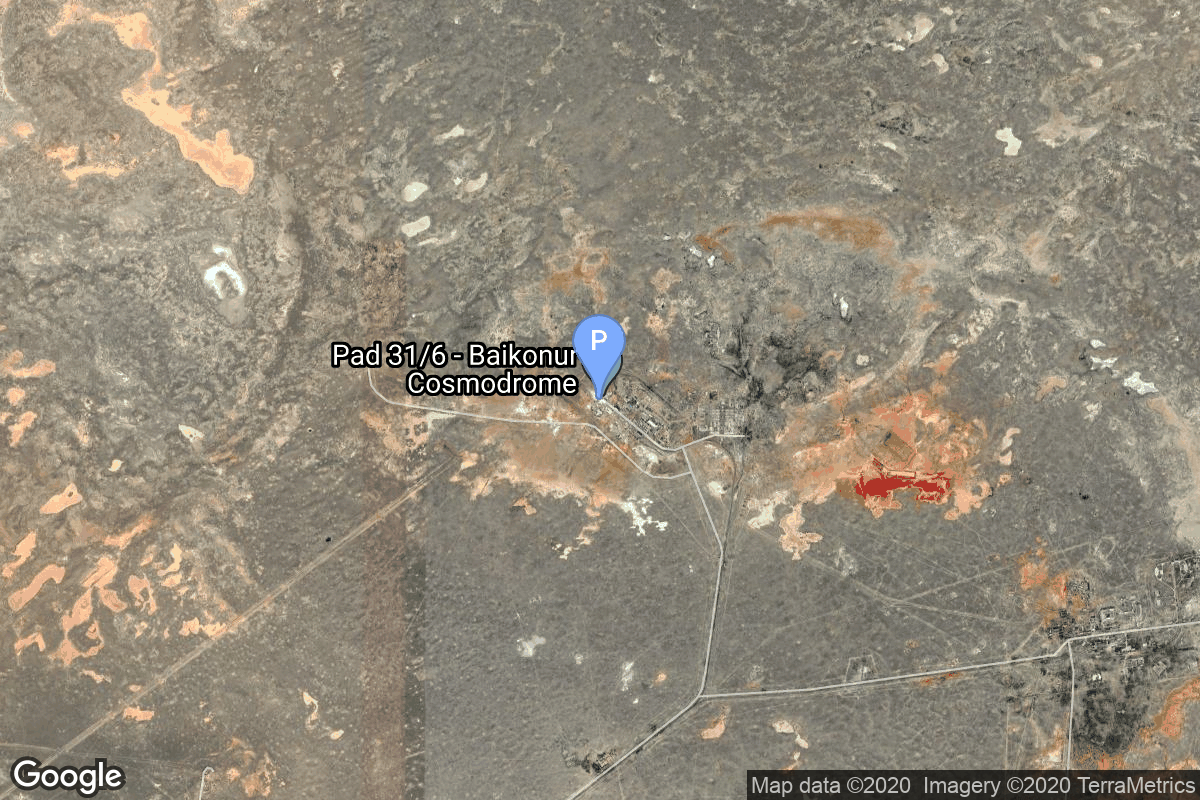Soyuz 3
Soyuz
Soviet Space Program
Crew

Georgy Beregovoy
- Birthday: 04/15/1921
- Role: Pilot
- Nationality: Russian
- First Flight: 10/26/1968
- Last Flight: 10/26/1968
Georgy Timofeyevich Beregovoy (Russian: Гео́ргий Тимофе́евич Берегово́й, Ukrainian: Гео́ргій Тимофі́йович Берегови́й; April 15, 1921 – June 30, 1995) was a Soviet cosmonaut who commanded the space mission Soyuz 3 in 1968. At the time of his flight, Beregovoy was 47 years of age: he was the earliest-born human to go to orbit, being born three months and three days earlier than the second earliest-born man in orbit – John Glenn, but later than X-15 pilot Joe Walker who made 2 (or 3, according to USAF definition) suborbital space flights.
Mission
Soyuz 3
- Type: Human Exploration
- Orbit: Low Earth Orbit
Soyuz 3 was a spaceflight mission, which started with the launch on October 26, 1968, 08:34:18 UTC. Flown by Georgy Beregovoy, the Soyuz 7K-OK spacecraft completed 81 orbits over four days. The mission achieved the first Soviet space rendezvous with the uncrewed Soyuz 2, but Beregovoy failed to achieve a planned docking with the spacecraft. During the remaining time on orbit he performed topographical and meteorological observations.
The mission concluded with a safe landing back on Earth on 30 October 1968, 07:25:03 UTC.
Location
Rocket
Russian Federal Space Agency (ROSCOSMOS) Soyuz
Agency
Soviet Space Program
The Soviet space program, was the national space program of the Union of Soviet Socialist Republics (USSR) actived from 1930s until disintegration of the Soviet Union in 1991.
The Soviet Union’s space program was mainly based on the cosmonautic exploration of space and the development of the expandable launch vehicles, which had been split between many design bureaus competing against each other. Over its 60-years of history, the Russian program was responsible for a number of pioneering feats and accomplishments in the human space flight, including the first intercontinental ballistic missile (R-7), first satellite (Sputnik 1), first animal in Earth orbit (the dog Laika on Sputnik 2), first human in space and Earth orbit (cosmonaut Yuri Gagarin on Vostok 1), first woman in space and Earth orbit (cosmonaut Valentina Tereshkova on Vostok 6), first spacewalk (cosmonaut Alexei Leonov on Voskhod 2), first Moon impact (Luna 2), first image of the far side of the Moon (Luna 3) and unmanned lunar soft landing (Luna 9), first space rover (Lunokhod 1), first sample of lunar soil automatically extracted and brought to Earth (Luna 16), and first space station (Salyut 1). Further notable records included the first interplanetary probes: Venera 1 and Mars 1 to fly by Venus and Mars, respectively, Venera 3 and Mars 2 to impact the respective planet surface, and Venera 7 and Mars 3 to make soft landings on these planets.


